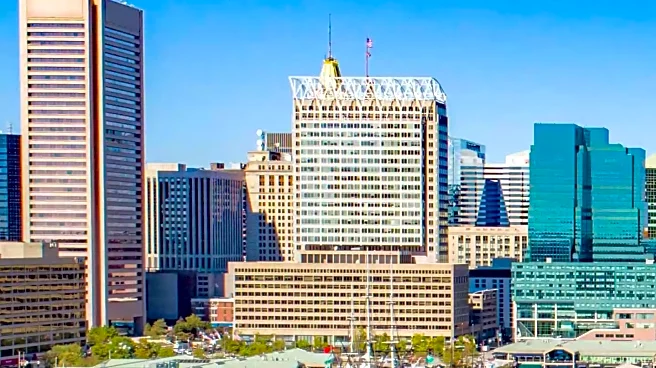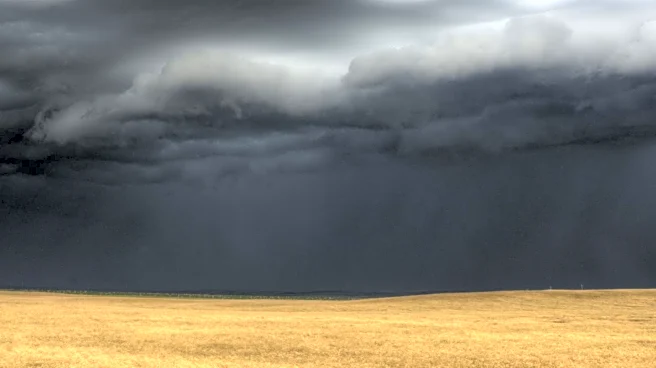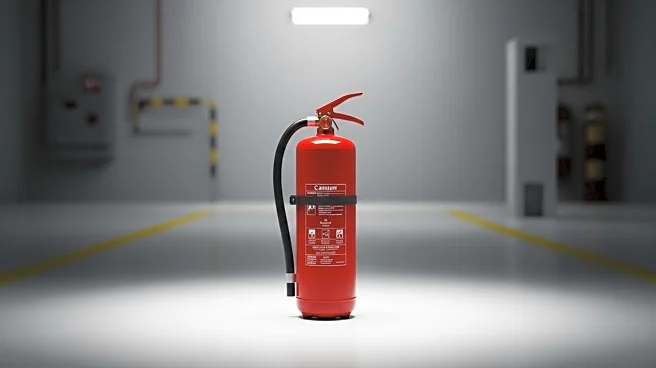What's Happening?
South Florida is experiencing a significant increase in humidity, which is causing 'feels-like' temperatures to rise considerably. According to recent weather reports, the actual temperature is expected to reach the low 90s, but when humidity is factored in, it will feel like the upper 90s and even into the 100s. This weather pattern is typical for the region during this time of year, as tropical conditions often lead to high humidity levels. Residents and visitors are advised to take precautions to stay hydrated and cool, as the heat index can pose health risks, particularly for vulnerable populations.
Why It's Important?
The rise in 'feels-like' temperatures due to increased humidity has several implications for South Florida. It affects daily life, as people may need to adjust their outdoor activities and take measures to prevent heat-related illnesses. Businesses, particularly those in tourism and outdoor services, may see changes in customer behavior, with potential impacts on revenue. Additionally, the weather conditions can strain local infrastructure, such as power grids, due to increased demand for air conditioning. Understanding these patterns is crucial for planning and preparedness, especially as climate change continues to influence weather extremes.
What's Next?
As the humidity continues to rise, meteorologists will monitor the situation closely to provide updates and warnings. Residents should stay informed through local news and weather channels to receive timely advice on how to cope with the heat. Community leaders and health officials may implement measures to assist those most affected, such as opening cooling centers or distributing water. The ongoing weather pattern may also prompt discussions on long-term strategies to mitigate the effects of extreme heat in urban planning and public health policies.
Beyond the Headlines
The current weather conditions in South Florida highlight broader environmental and societal challenges. The increasing frequency of extreme weather events raises questions about climate resilience and adaptation strategies. It underscores the importance of sustainable development practices that consider the impacts of climate change on urban areas. Additionally, the situation may lead to increased public awareness and advocacy for policies that address environmental issues and promote community health and safety.











